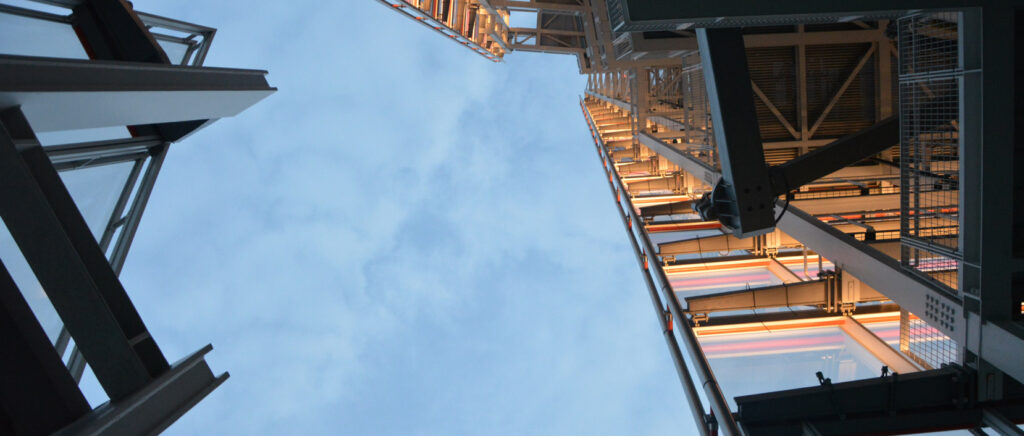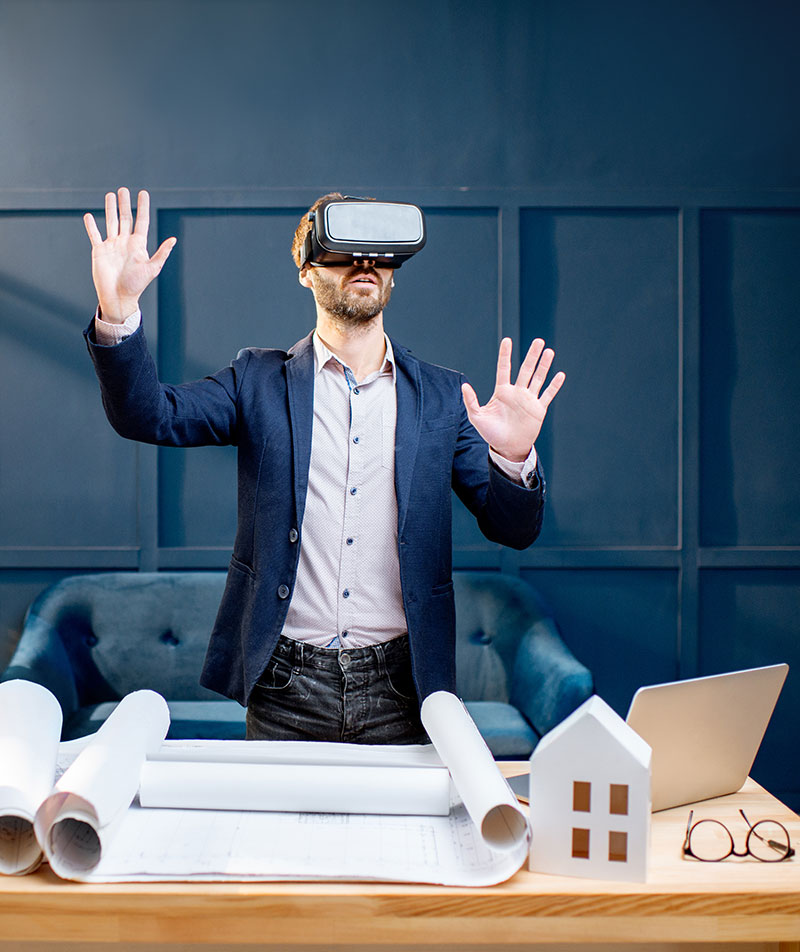The landscape of property development is undergoing a transformative shift, driven by technology and the digital age. The emergence of new tools and digital platforms has changed the way property developers approach every stage of a project, from initial planning to final execution. These technological advancements are enabling developers to streamline processes, increase efficiency, and create more sustainable buildings.
One of the most significant developments in this new era is Building Information Modeling (BIM). BIM allows architects, engineers, and construction professionals to collaborate on a digital platform, creating detailed 3D models of buildings.
This technology facilitates seamless communication among stakeholders, helping to avoid costly errors and improve the accuracy of the construction process. By simulating various scenarios and analyzing building performance, developers can make more informed decisions, leading to more successful outcomes. This collaborative approach reduces errors and helps everyone involved stay on the same page. By visualizing different scenarios, developers can make better decisions, resulting in projects that are more efficient and cost-effective.
Drones have become another indispensable tool in property development. With the ability to capture high-resolution aerial imagery, drones provide developers with valuable insights into construction sites and the surrounding environment. These unmanned aerial vehicles are used for site surveys, progress monitoring, and even safety inspections, offering a safer and more efficient alternative to traditional methods. The data collected by drones can also be used to create topographical maps, aiding in the early planning stages of a project.
Virtual reality (VR) and augmented reality (AR) are changing the way developers present and market properties. VR allows potential buyers to take immersive virtual tours of properties before they are even built, providing a realistic experience that enhances the buying process. AR, on the other hand, overlays digital elements onto real-world settings, allowing developers to visualize design concepts and make adjustments in real-time. These technologies offer a new level of interactivity, enabling developers to engage clients in innovative ways.

Data analytics has become a critical component of property development in the digital age. Developers now have access to vast amounts of data, ranging from market trends and consumer preferences to construction costs and building performance. By harnessing this data, developers can gain insights into market demands, identify emerging trends, and make strategic decisions that drive project success. Data analytics also plays a role in optimizing building operations, contributing to greater sustainability and efficiency.
Sustainability is a key focus in this digital transformation. Technologies like BIM and data analytics help developers implement eco-friendly practices, reducing waste and energy consumption. Drones and other digital tools allow for more accurate monitoring of construction sites, leading to safer and more efficient building processes. By embracing sustainability, developers can create properties that are not only beneficial to the environment but also appealing to a growing market of eco-conscious consumers.
The digital era of property development is transformed by tech innovations such as BIM, drones, VR/AR, and data analysis. These tools enable developers to design, construct, and manage properties more creatively towards sustainable, community-focused, and profitable developments that redefine the industry through digital exploration. The future is limitless.
Community impact is another important consideration in modern property development. The use of technology has made it easier for developers to engage with local communities and incorporate their feedback into project planning. This approach helps create developments that are in tune with local needs, fostering a sense of belonging and enhancing the overall quality of life for residents. By considering the social impact of their projects, developers can build properties that contribute positively to the community.


